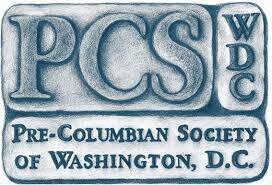In the Shadow of Giants: The Earliest Ballcourt Sites in the Puuc Region of the Northern Maya Lowlands
Ken Seligson, PhD, California State University Dominguez Hills
Over the past twenty years, archaeologists have come to realize that far from being a cultural backwater, the northern lowlands of the Yucatan Peninsula were integral to the development of the ancient Maya civilization. Communities constructed humongous platform mounds around the edges of the hilly Puuc Region as early as 800 BC, at the same time that some intrepid settlers established the first farming villages within the Puuc Region itself. These early agriculturalists needed to develop complex environmental management systems to overcome the scarcity of permanent water resources in the region. This talk will focus on recent evidence uncovered at the two early ballcourt sites of Xanab Chak and Paso del Macho, that demonstrates how even the smallest population centers were actually plugged into far-reaching trade and communication networks at the start of the first millennium BC.
Dr. Ken Seligson is Associate Professor of Anthropology at California State University Dominguez Hills in Los Angeles County. He earned his AB in Anthropology and History from Brown University and his MA and PhD from the University of Wisconsin-Madison. Dr. Seligson has been conducting archaeological fieldwork in the Northern Maya Lowlands since 2010, focusing mainly on human-environment relationships and resource management practices, as well as on ancient technology. His first book The Maya and Climate Change, which was written for a broader public audience interested in the ancient Maya, was published by Oxford University Press in November 2022. He is currently directing the "Small-Scale Sites in the Eastern Puuc" Archaeological Project, which focuses on the transition to settled life at the earliest ballcourt sites in the Puuc region of Yucatan, and will be sharing some of the project's most recent findings his lecture in March.
The March member-supported meeting will be presented on Zoom. The meeting is open to the public but pregistration is required. To pre-register, click HERE.

